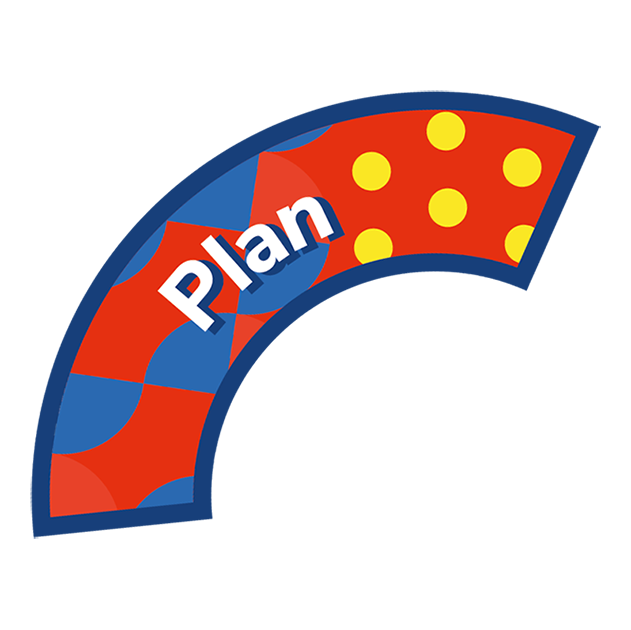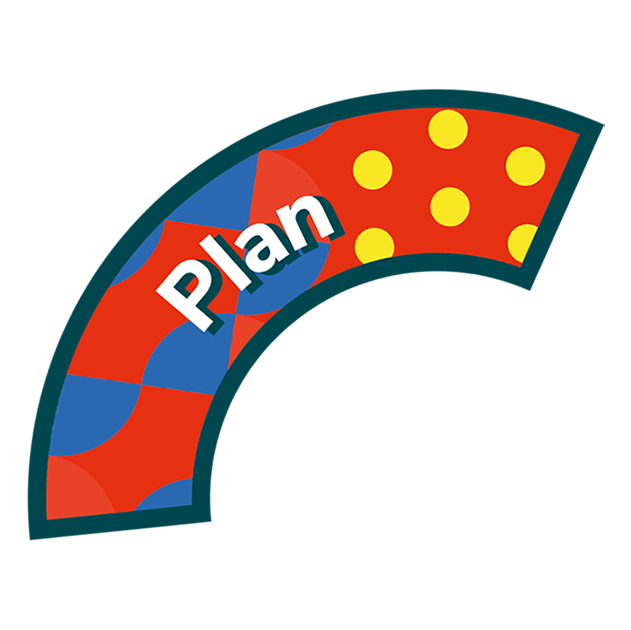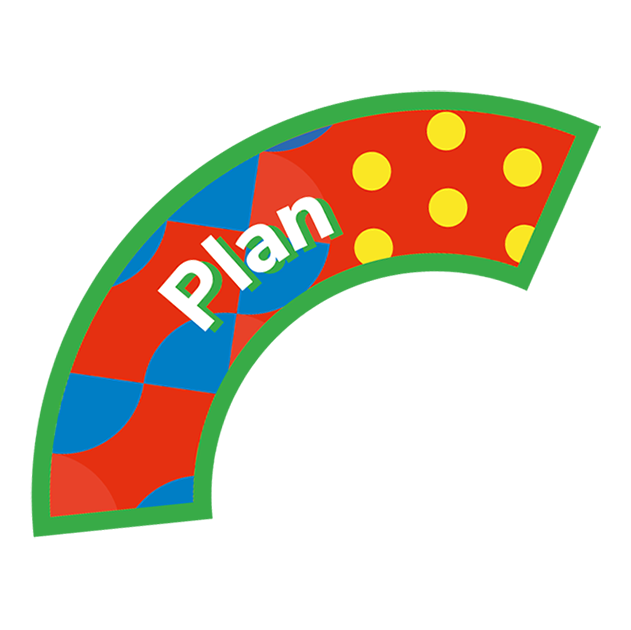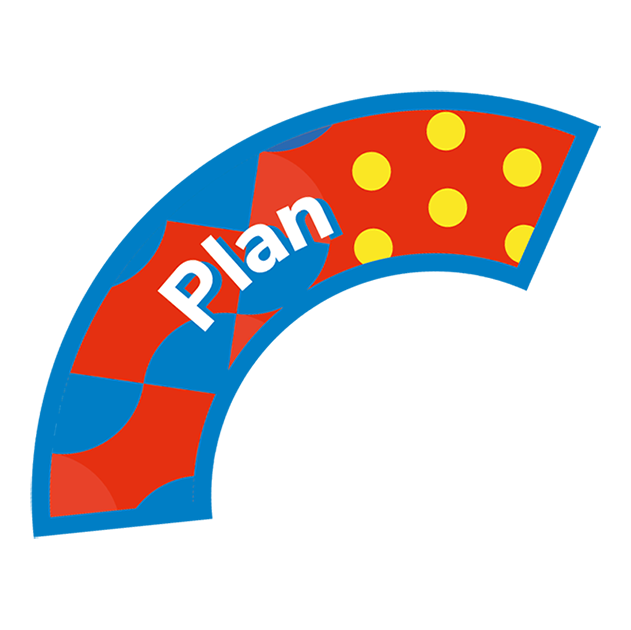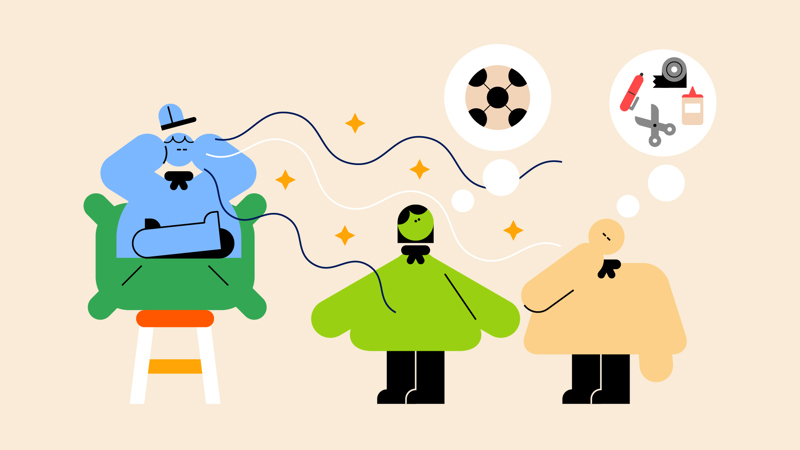
If you could read my mind
Guess your friend’s favourite activity or badge, using just six questions to ‘read their mind’.
You’ll need
- A4 paper
- Pens or pencils
- Chairs (optional)
Before you begin
- Use the safety checklist to help you plan and risk assess your activity. Additional help to carry out your risk assessment, including examples can be found here. Don’t forget to make sure all young people and adults involved in the activity know how to take part safely.
- Make sure you’ll have enough adult helpers. You may need some parents and carers to help if you’re short on helpers.
Getting ready to play
- Divide into teams. Give each group a chair (optional), a piece of paper, and a pen.
- Each team should sit in a horizontal line in front of their chair or a space. This will be the 'thinking spot'.
- Players should think of their Scouts favourite activity or badge. Everyone must keep their favourite a secret, and not tell anyone else
- Anyone who’s joined recently can think of an activity or badge they’d like to do. This is a great chance for people to help anyone who’s new to join in.
Play the game
- The first player should sit facing the group, either on the chair or on the floor. They should think about their chosen activity.
- Everyone else should make a line facing the chosen person.
- The player at the start of the line should ask a question which can be answered with a ‘yes’ or a ‘no’. The person on the 'thinking spot' should answer with either a ‘yes’ or a ‘no’ – they can’t say anything else.
- If the answer's yes, the player should ask another question. As long as the answer is yes, they should keep asking questions until they have asked six, or until they think that they know the activity or badge.
- If the answer's no, the next player in the line should ask their first question.
- Repeat these steps until someone guesses which activity or badge the person on the 'thinking spot' is thinking of.
- Once the team has guessed the activity or badge, they should write it down. The person on the 'thinking spot' should explain why they chose it as their favourite.
- The player who asked the first question should sit on the 'thinking spot'. The person on the 'thinking spot' should sit at the other end of the line.
- Teams should repeat these steps until everyone has had a turn on the 'thinking spot'.
Reflection
To ‘read the mind’ of the person on the 'thinking spot', you had to work in a team:
- Did you listen and remember the questions others asked?
- Did you all ask questions which were helpful for everybody?
- Did you take it in turns?
- Did it matter who guessed correctly?
To guess the activity or badge, you also had to communicate:
- Did you ask clear questions?
- Did you think before you asked a question to make sure it was useful?
- Did you give clear answers?
- Did you listen carefully?
- Did you try to understand why if the person on the chair seemed unsure?
Safety
All activities must be safely managed. You must complete a thorough risk assessment and take appropriate steps to reduce risk. Use the safety checklist to help you plan and risk assess your activity. Always get approval for the activity, and have suitable supervision and an InTouch process.
Make it accessible
All Scout activities should be inclusive and accessible.


